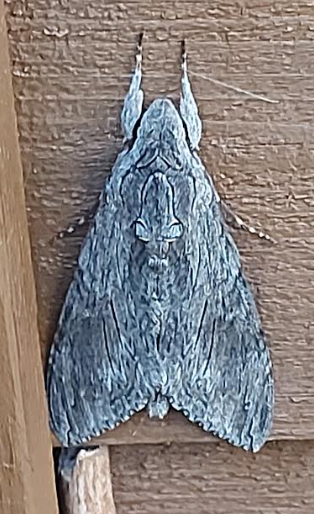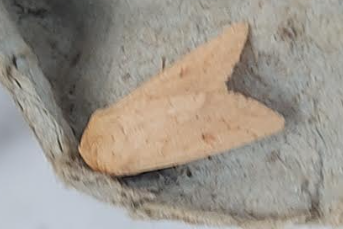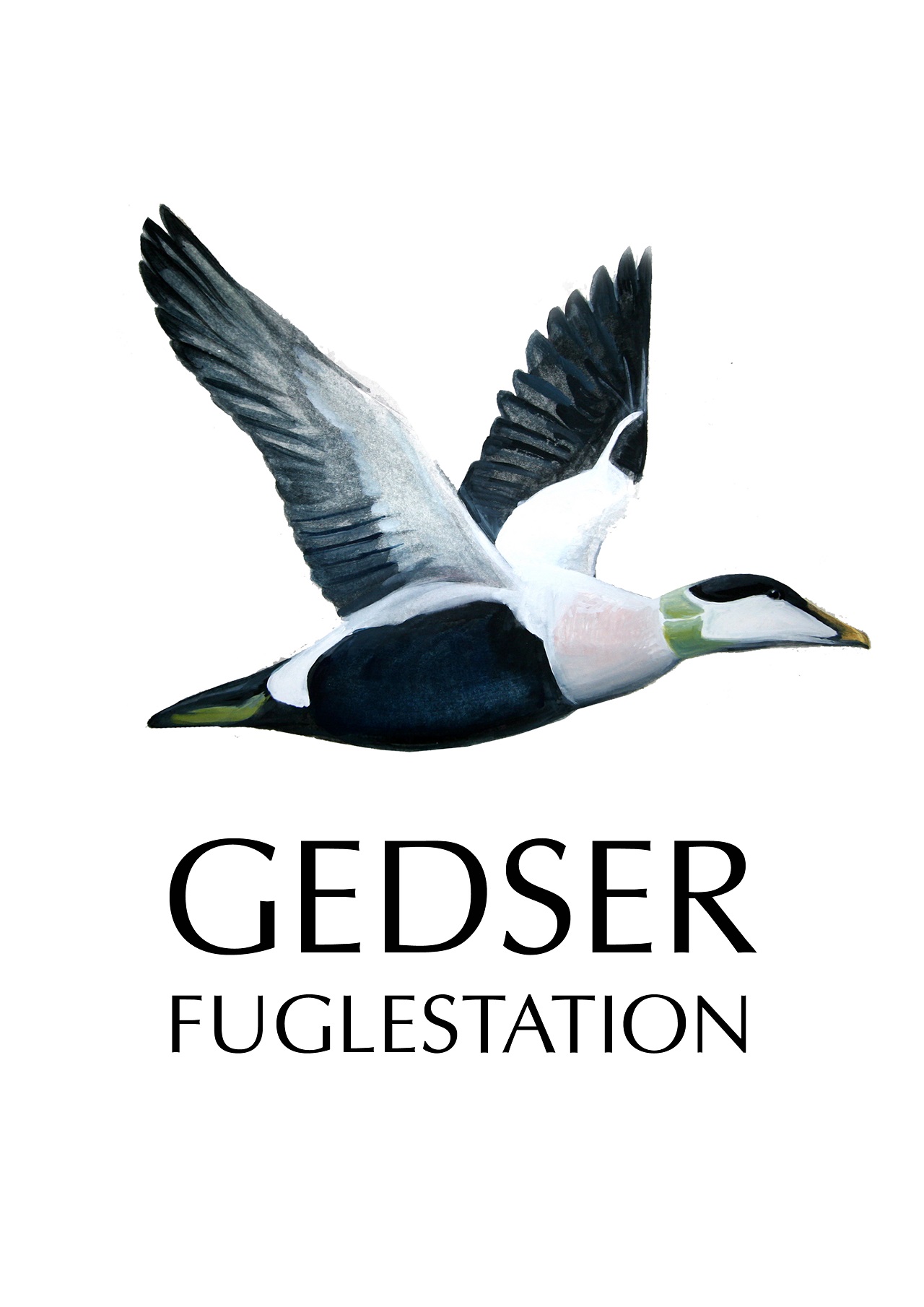Gedser Fuglestation Blog
Her på Gedser Fuglestations blog bringes korte nyheder i dagbogsformat om hændelser på fuglestationen.
The day after the moth evening
Last evening it was an open day for people to see some moths and listen to bats. I did not attend the bat exursion but they saw and heard quite a few bats. Moth were also there. We had some mercury lamps and they attracted a reasonable amount of moths and other insects The highlight was a Snerlesvæmer (Convolvulus Hawkmoth) and in the morning there were even three present and a moth named Takleniet Græsugle in English the Delicate Moth. This is a small yellow migratory moth from the south.
I only caught 17 birds (16 new and one recapture). The highlight for me was the yound male Redstart (Rødstjert).


Snerlesvæmer (Convolvulus Hawkmoth)

Takleniet Græsugle (The delicate moth)

Migration counts at Gedser Odde
by Lara W
Overall numbers of seabird migration took a slight dip today, although several species not seen on previous days this past week were spotted, including Black Tern/Sortterne and Scaup/Bjergand. Sandwich tern/Splitterne continue to whizz by on their powerful angular wings, with a few Little gull/Dværgmåge interspersed among them – from a distance looking vaguely similar to the tern, but with slightly rounder wings and clearly smaller size. Both scoter species (Common scoter/Sortand, Velvet Scoter/Fløjlsand) came by the point in several larger flocks of up to 35 at a time. These birds have a much chubbier and more compact appearance to many of the other duck species which pass by, seemingly much smaller than the Wigeon/Pibeand, despite being of similar length. Flying generally in single species flocks, the leaders of the group are often bunched up together, with the rest straggling along behind either in single file or several intermingling lines.
Raptor numbers continued to grow, with 8 Kestrel/Tårnfalk, 2 Merlin/Dværgfalk, 2 Hobby/Lærkefalk, plus 102 Sparrowhawk/Spurvehøg streaming past, often in groups of 3-5, lining up rather like airplanes on an overcrowded runway. 3 Honey Buzzard/Hvepsevåge were also seen, in deep chocolate brown plumage, their large yellow cere (the soft tissue surrounding the nostrils sitting atop the bill) clearly visible against the dark plumage. A single Red Kite/Rød Glente provided excitement too, gliding above the fields and trees towards us, the deeply forked tail constantly twisting and turning in the light breeze.
Passerines continued in a steady flow over the cliffs all morning, with over 300 Barn Swallow/Landsvale, 88 Wagtails (both Yellow/Gul Vipstjert and White/Hvid Vipstjert), and 54 Tree Pipit/Skovpiber counted. 2 Swift/Mursejler made a special appearance towards late morning amongst a flock of other hirundines, the boomerang-crescent shape of their wings clearly marking them out as different from the rest.
Today was my first day monitoring migration without official guidance, and I will admit to being a touch nervous. However, I was greeted at the point by the fantastic LAH who has been birding at Gedser for around 16 years. The varying calls of Tree pipits, and both white and yellow wagtails, were pointed out, along with the wing shape and flight action of different small raptors. Much of the birding I have done before, which I am sure many amateur birders will be able to relate to, relies on colour patterns and general shape and size of a bird to reach identification. Recognising calls and behaviour adds a whole other dimension to the process. My thanks to LAH for taking me under his wing as it were.
In total, 1052 individual birds were counted migrating, with 38 species represented…I look forward to seeing what tomorrow will bring!
Robert Luttik, Lara Winsloe


